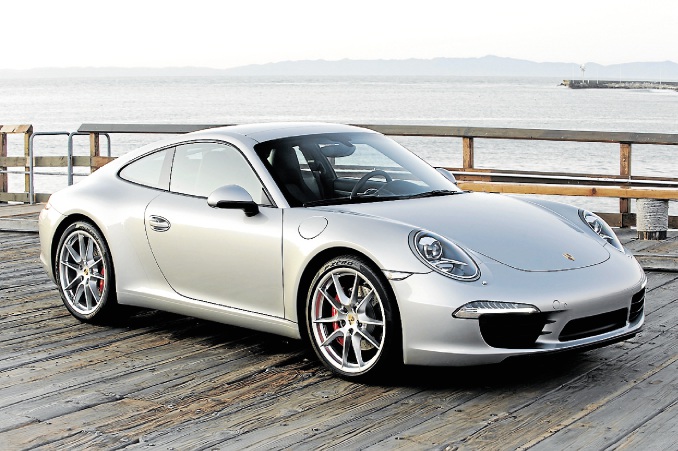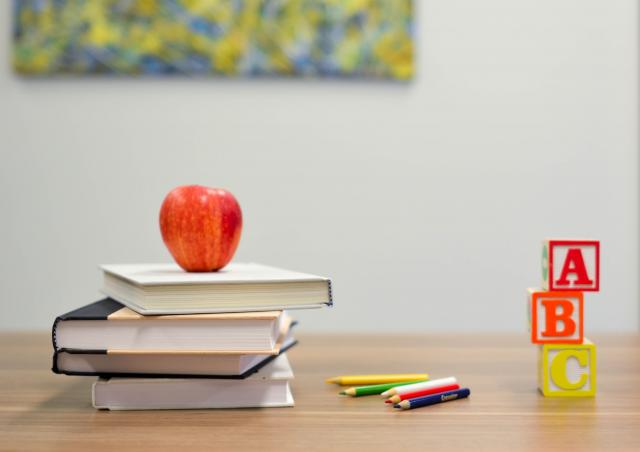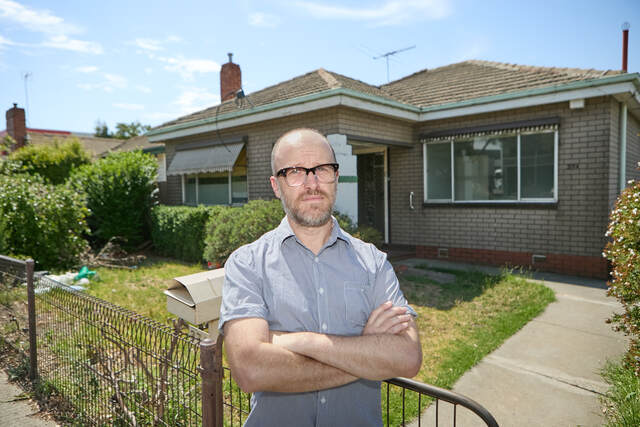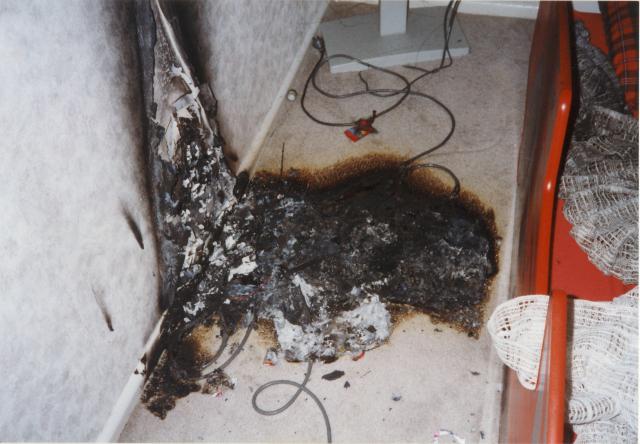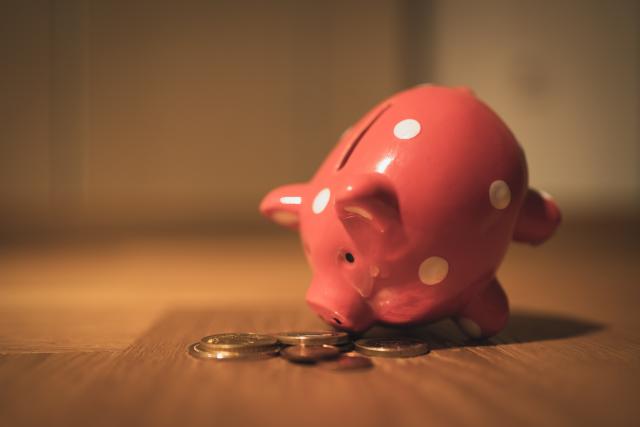Porsche’s iconic 911 has its first all-new body in years. Obviously the new 911 looks similar to previous models. If it didn’t, heads would roll in the design department after Porsche purists invaded the studio. However, it does have a distinctive shape that’s well-suited to the second decade of this millennium.
Stand the old 911 and the new side by side and you can see the body is now larger. It also sits on a new stiffer platform to further firm up handling, as well as adding safety in a crash. The wheelbase has been lengthened and the track widened.
There’s slightly more interior space in the 911 than in the superseded model due to the larger body. The front seats are large and support well.
Though there are four seats, those in the back of the 911 are best used only by those who are desperate for transport and simply can’t get to their destination any other way. Having said that, the deep luggage compartment in the front of the 911 absorbs a lot more luggage than you anticipate and can even manage a mid-sized suitcase with some soft bags. The Porsche Carrera S we reviewed has an improved version of the 3.8-litre flat-six engine. It now produces up to 294kW of power. A strong emphasis on torque means the engine is amazingly flexible, with good pulling power from as low as 2000 rpm.
We found fuel consumption around town to be in the 12 to 14 litres per hundred kilometres range.
The sound of the new 911’s engine is brilliant.
The legend continues; Porsche 911 is approaching its 50th birthday and has appealed to many generations of drivers. Those who love the concept seem sure to be more than satisfied with this new generation. Those who have never previously owned one should perhaps treat themselves to the experience.
A price tag of $268,550 for the Carrera S with the optional PDK automatic transmission may seem high, but compare it with supercars from Italy and its German competitors and it almost seems like a bargain.

